Imagine beholding the palatial interiors and facades of baroque structures, a theatrical style of architecture and design that is anything but modest. Personified by exuberant ornamentation, baroque architecture is a testament to grandeur and opulence. It exudes divinity in and of itself. You might even say it’s the Caravaggio and the Rembrandt of the architecture world — the very artists who are actually known for painting on baroque ceilings and walls.
Deeply etched in the realm of art, the baroque era of architecture goes hand in hand with the classical music genre of the same name. Baroque composers such as Vivaldi, Bach, and of course Handel beautifully reflect this architectural style’s emphasis on perfection accented by expressiveness.
The History of Baroque Architecture
Baroque architecture emerged in Rome as a result of the Roman Catholic Church’s need for a revival. In response to the turbulent times of the 16th century, statesmen and religious leaders began using art and architecture as a means of displaying power, wealth, and eminence.
These efforts were especially aimed at countering the Protestant Reformation. Since the Protestants opted for a minimalist and simple architectural style for their structures, the Roman Catholics did exactly the opposite with Baroque architecture. This counterrevolution manifested itself in the form of grandiose cathedrals and palaces.
The Catholic Church even commissioned artists such as Diego Velazquez, Nicholas Poussin, and Caravaggio to adorn the majestic cathedrals with Renaissance frescoes — only in a more intricate fashion. During this era, artists began to develop innovative methods in an effort to inspire fealty and sentiment through baroque art.
Baroque-style architecture eventually began to spread throughout Europe and — as a result of colonization — South America. As the style gained renown, countries made subtle alterations to resonate with their own ways of life. Over time, baroque architecture evolved into the rococo style. Otherwise known as late baroque, rococo architecture is slightly more toned down than its not-so-humble beginnings.
Famous examples of baroque and rococo architecture include the Palace of Versailles, St. Peter’s Basilica, and the Poli Palace, the facade of which forms the backdrop of the Trevi Fountain in Rome.
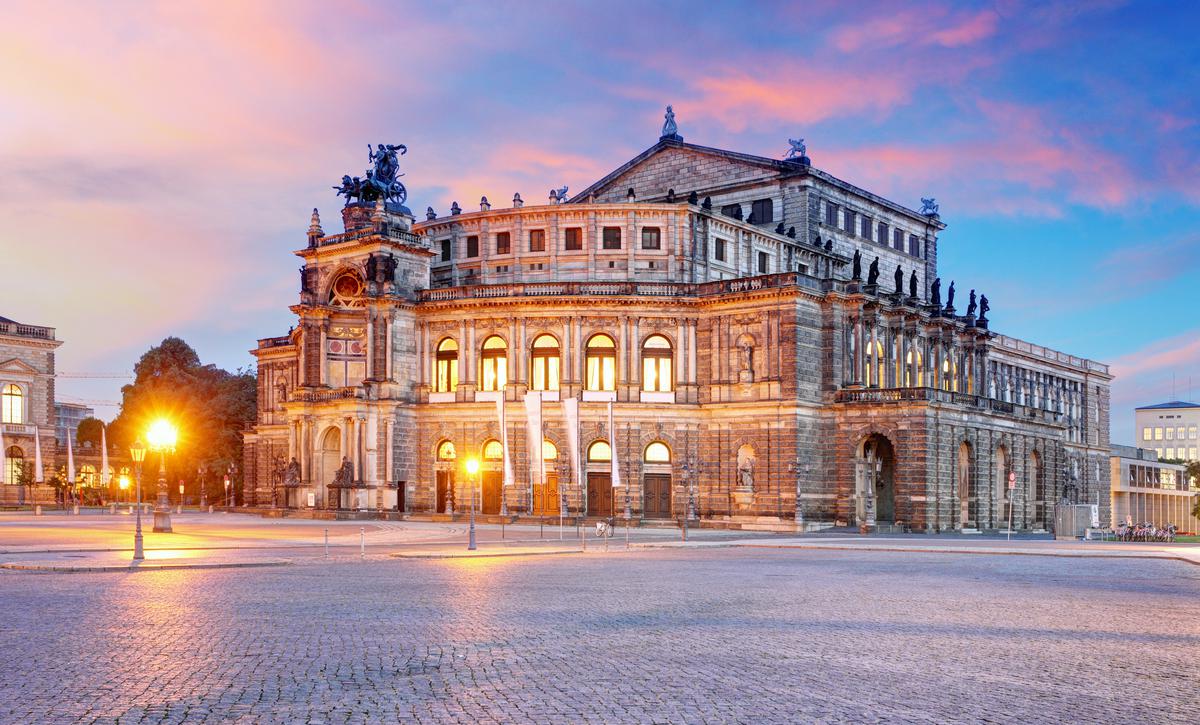
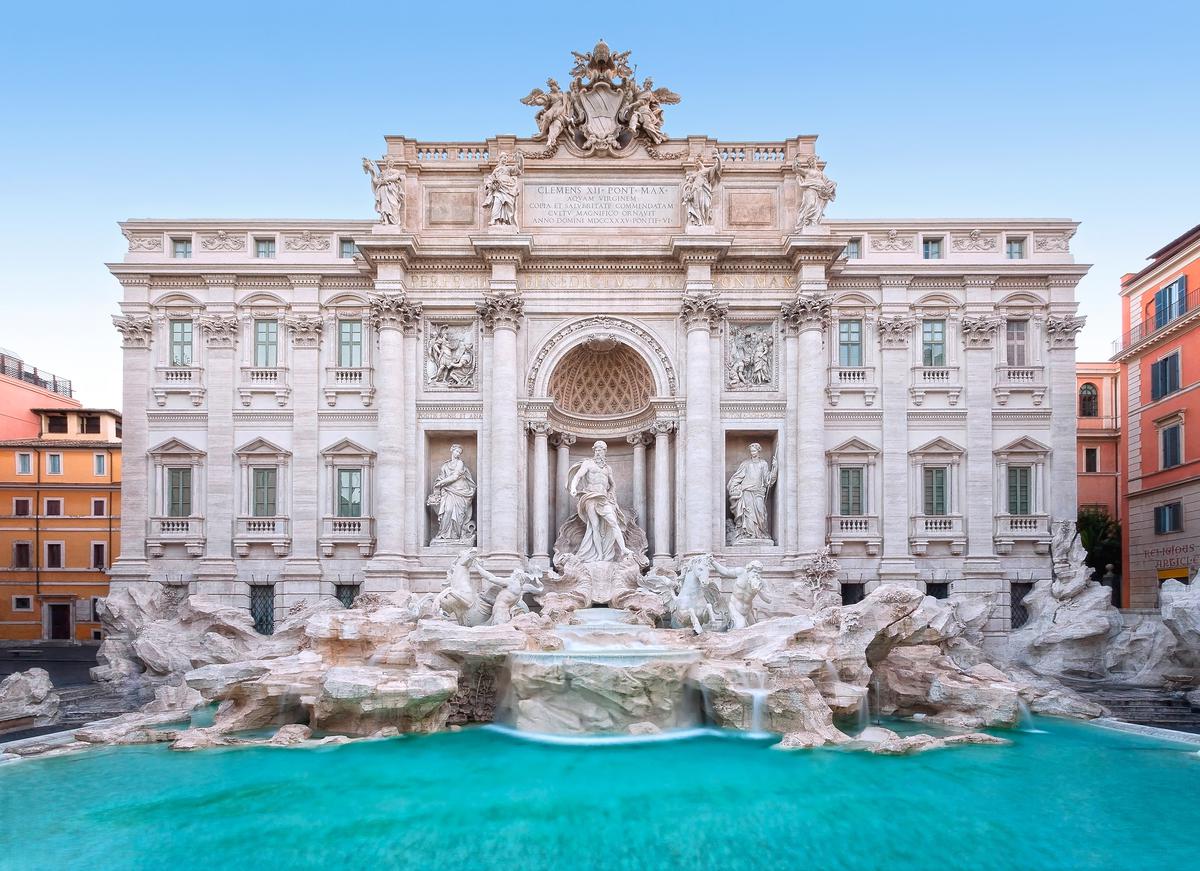
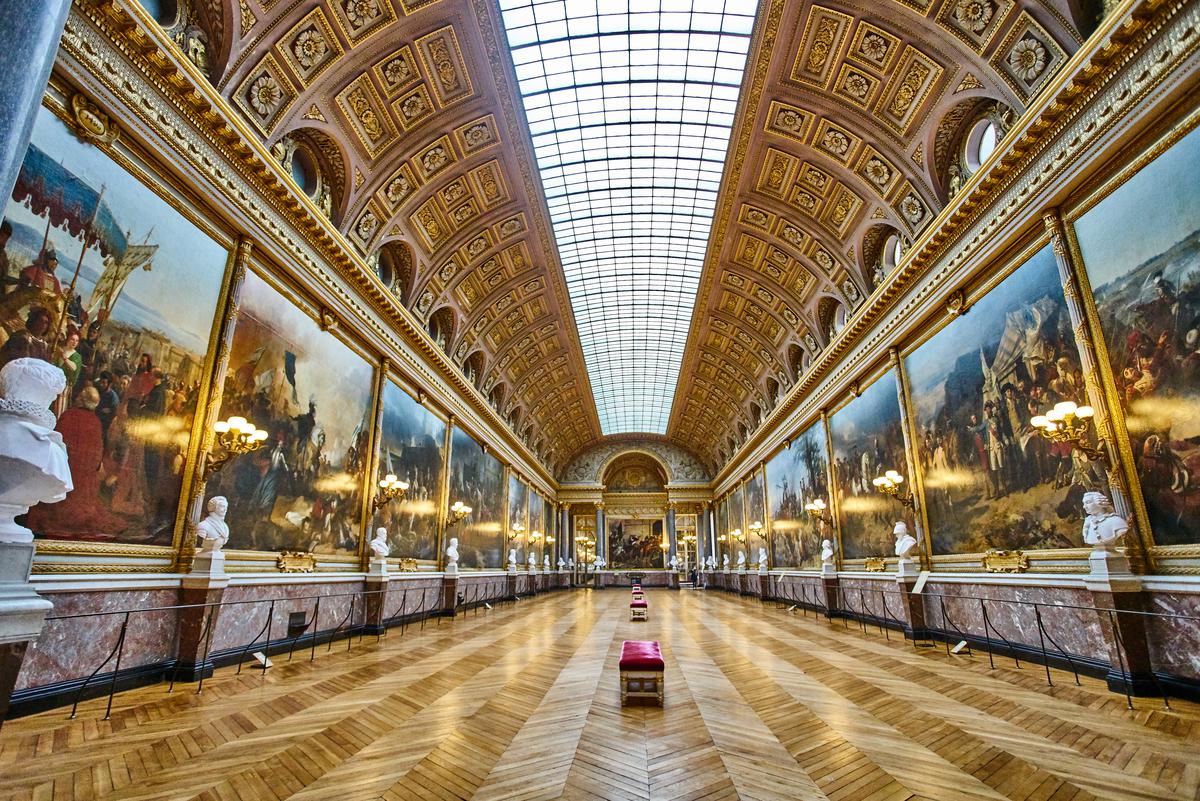
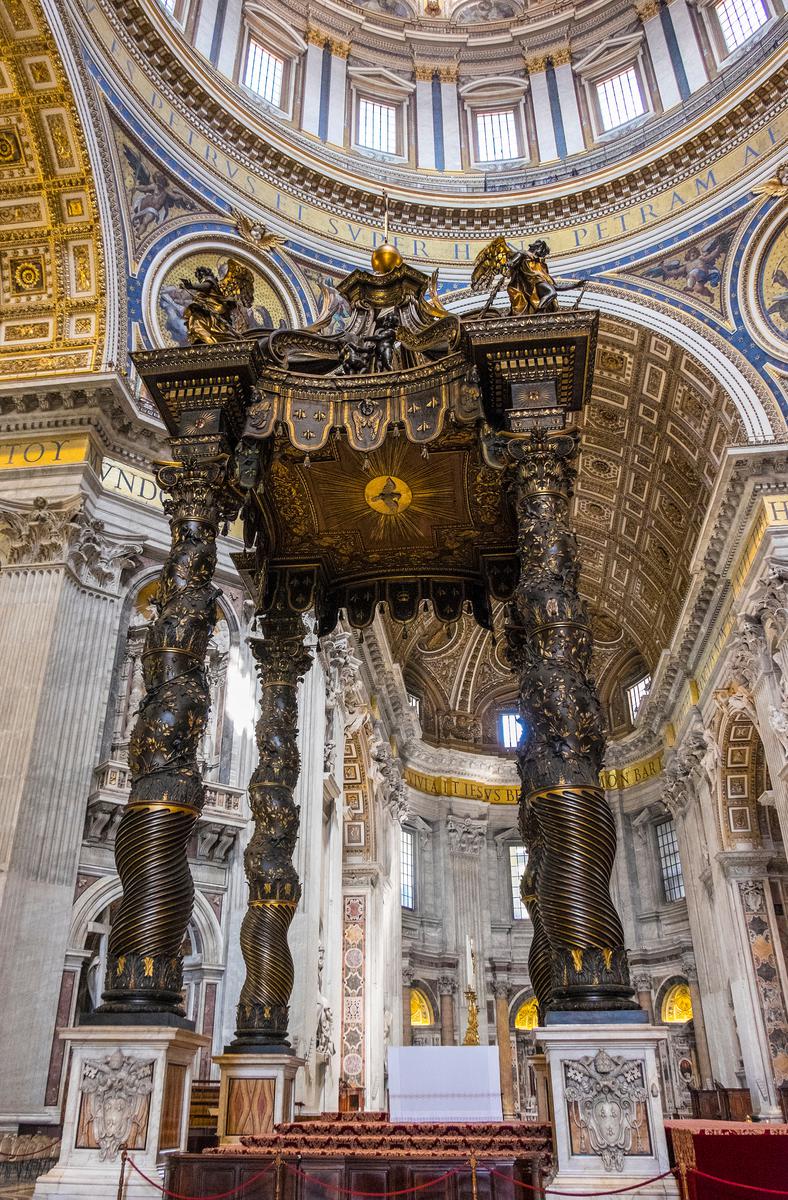
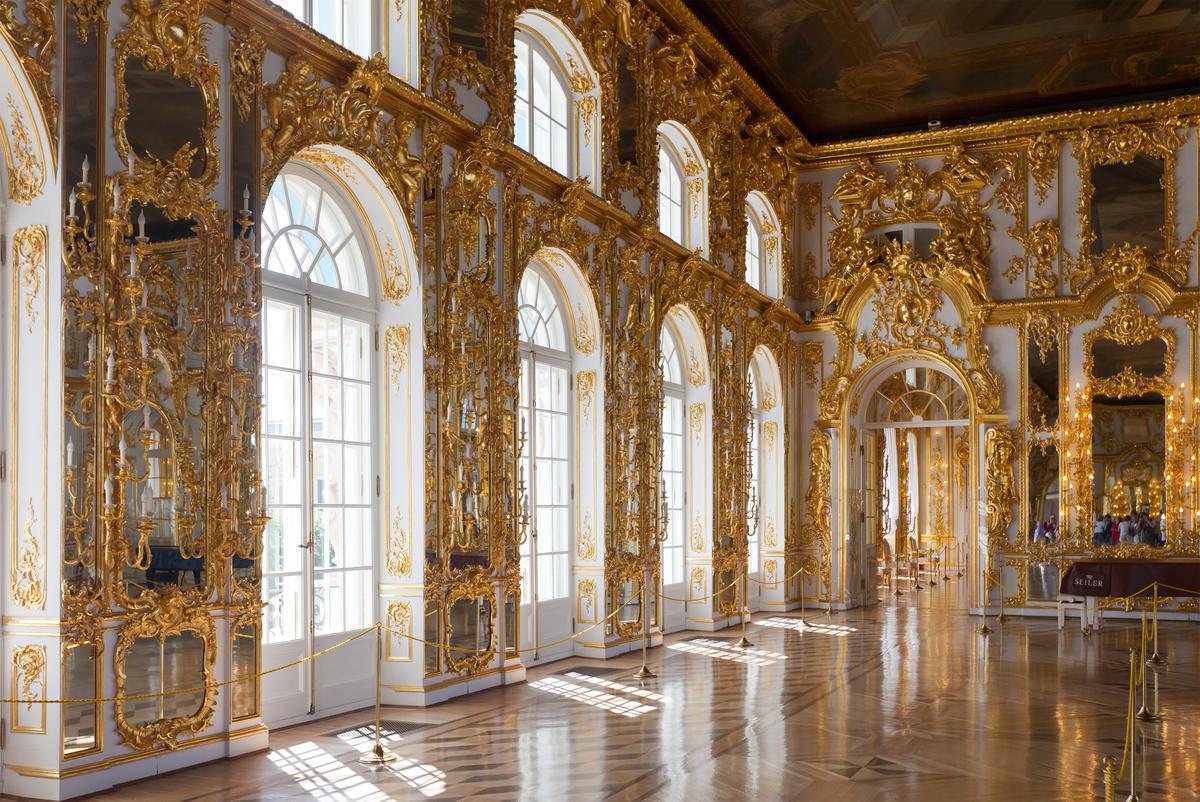

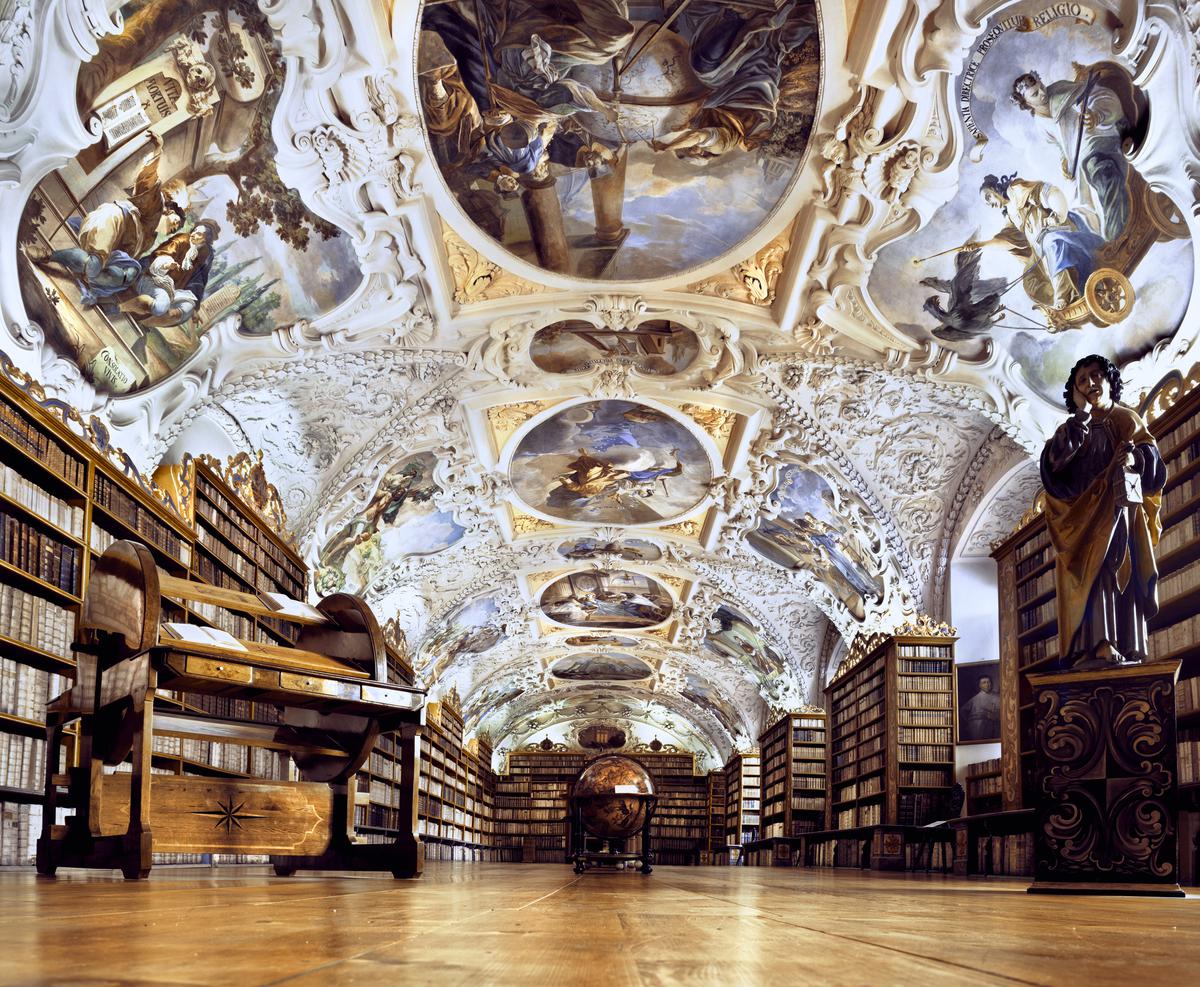
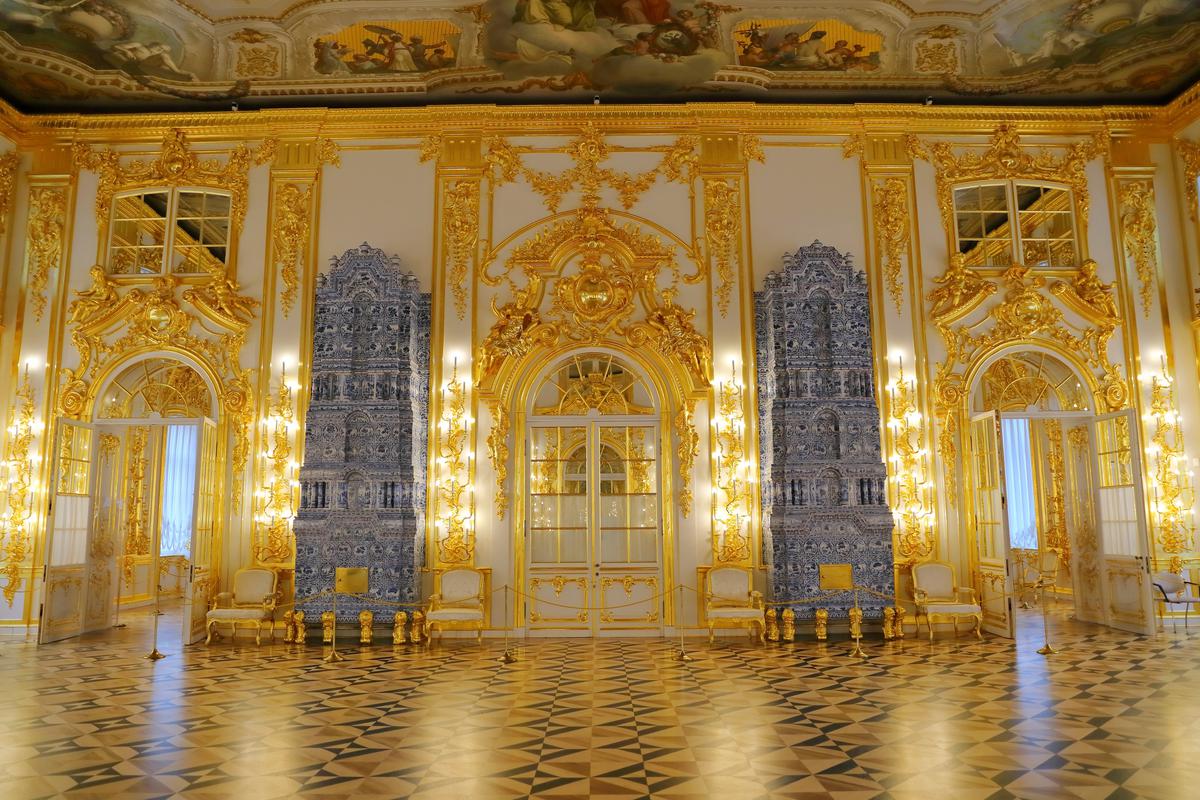
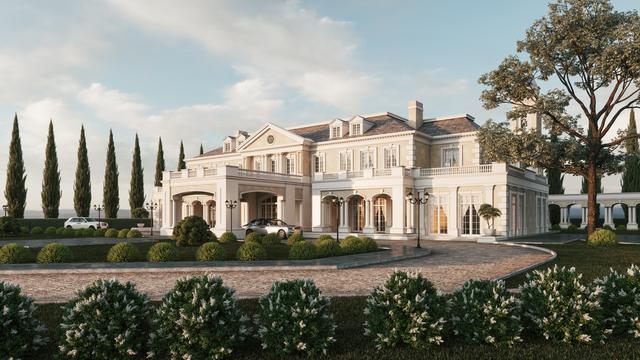
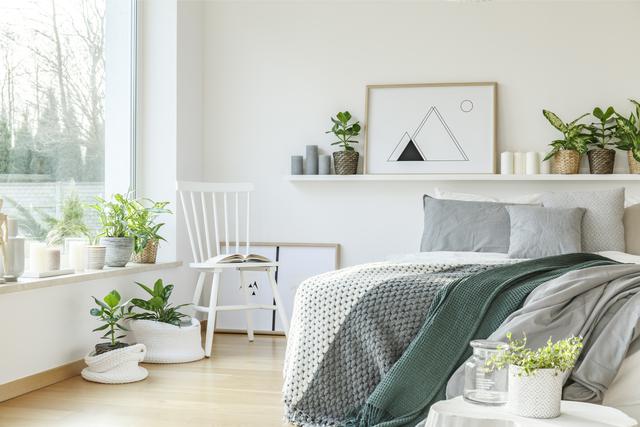

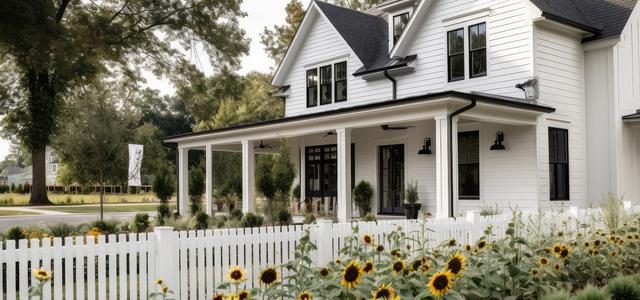
comments